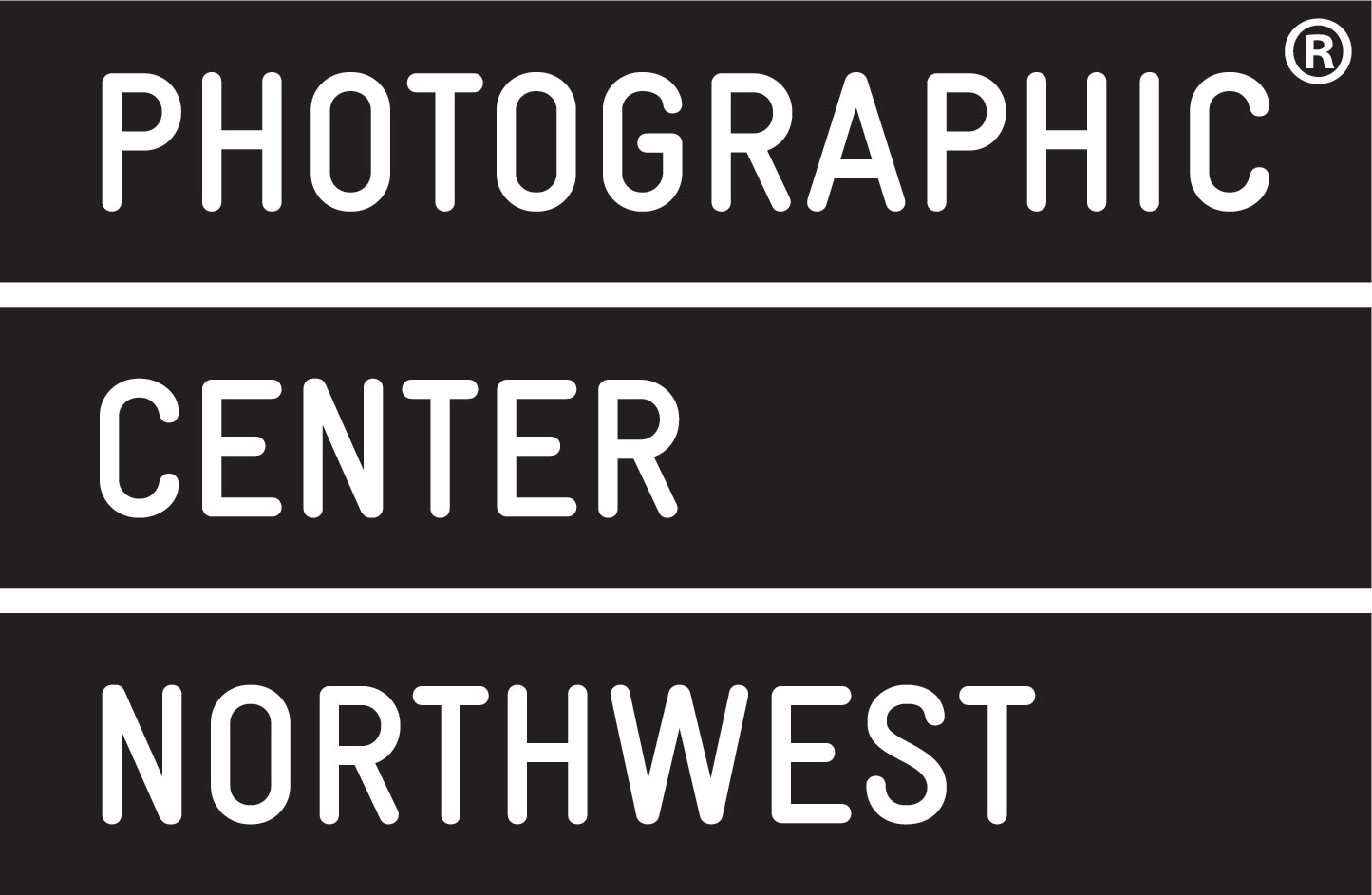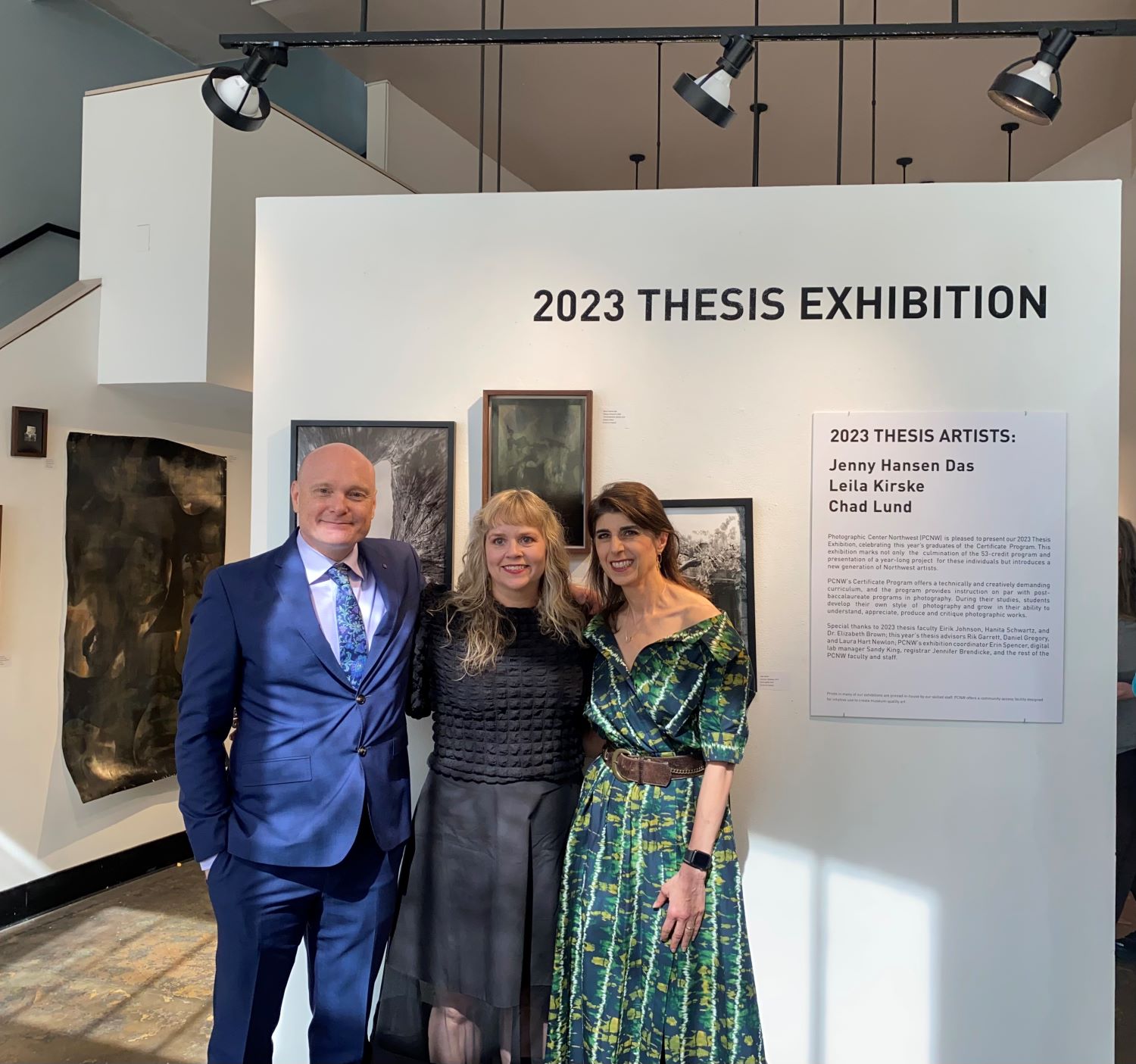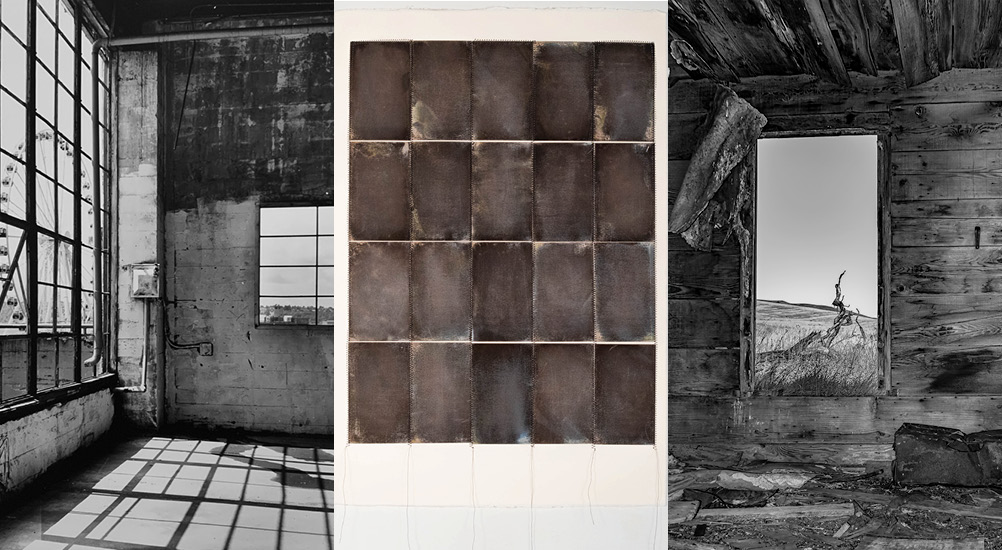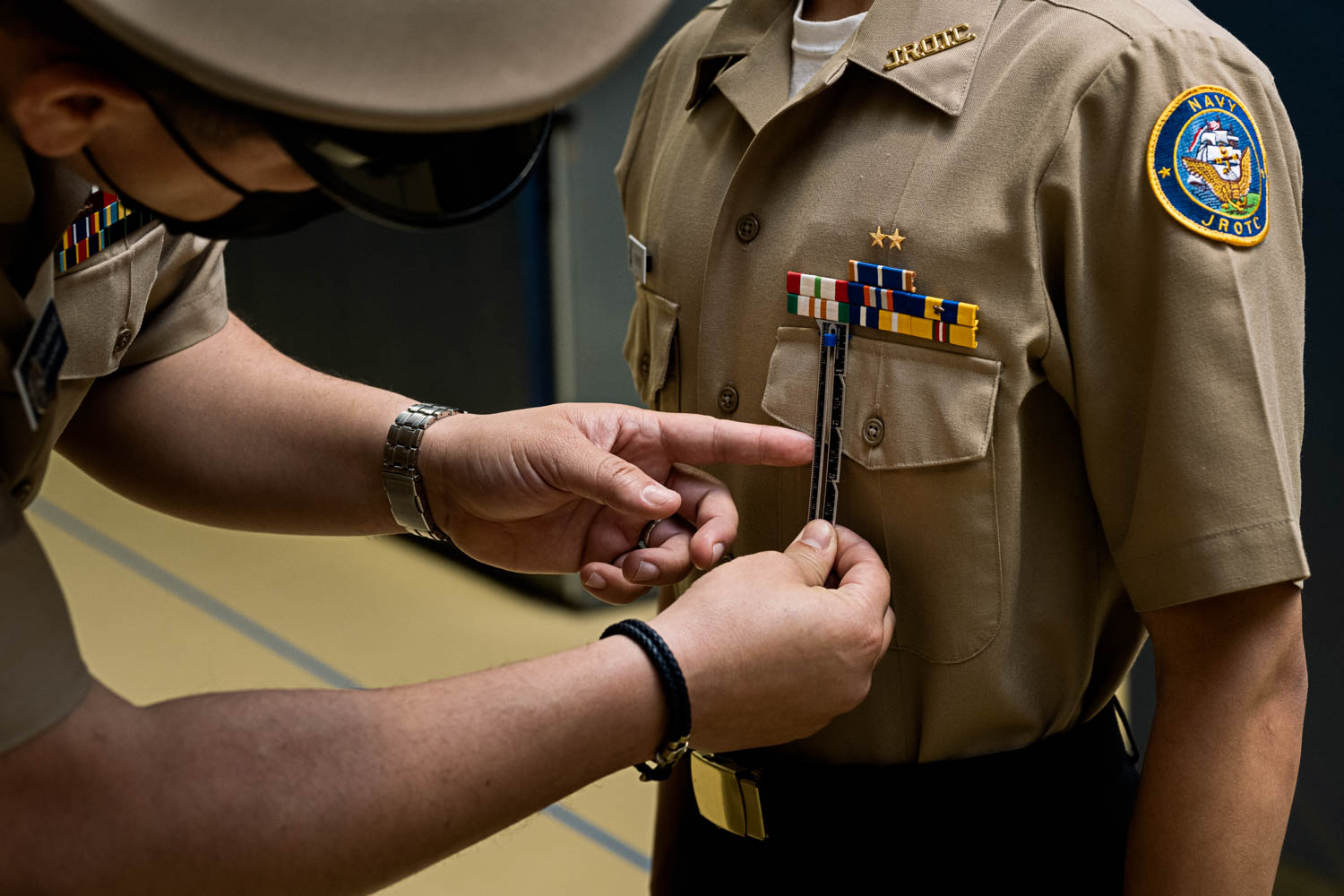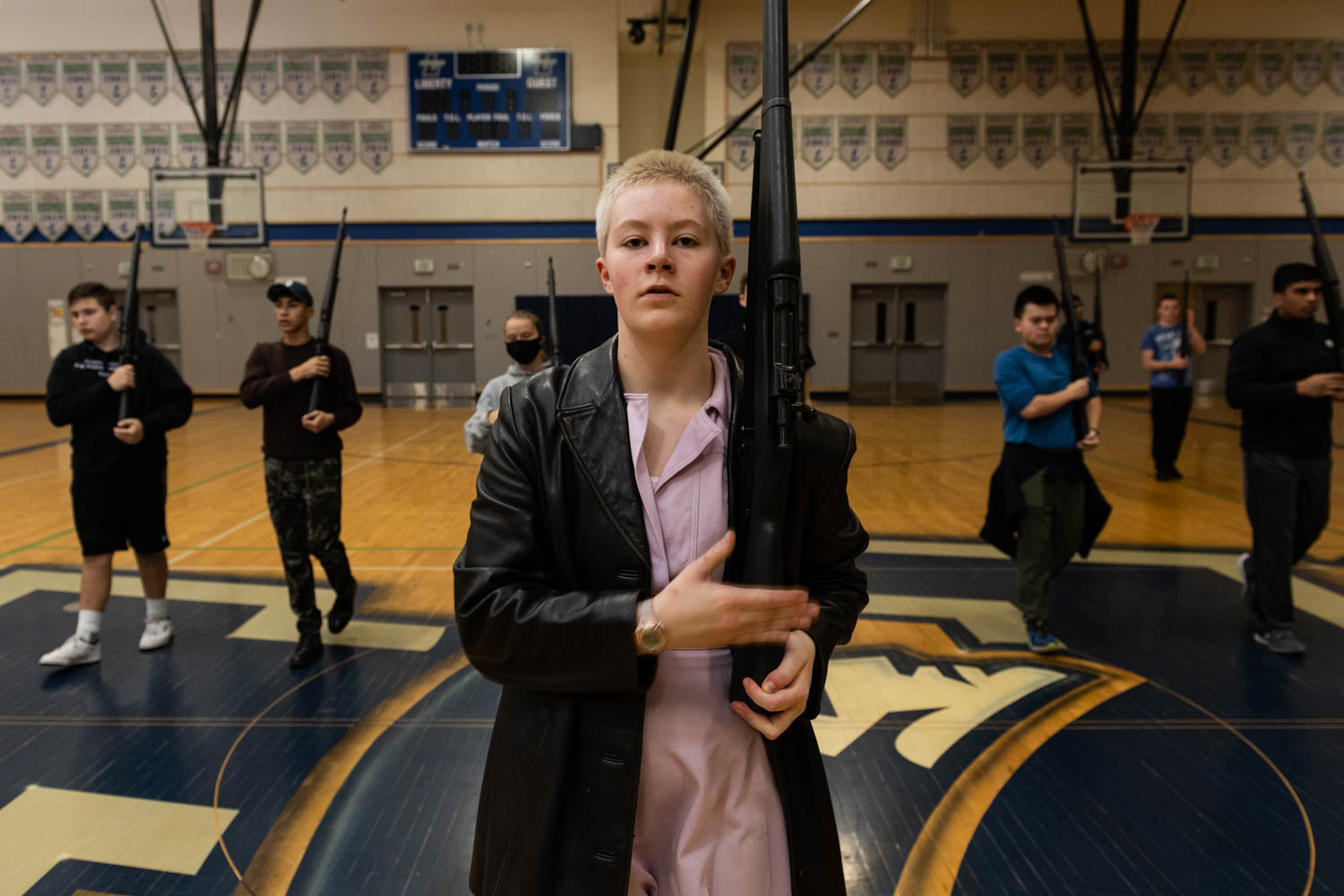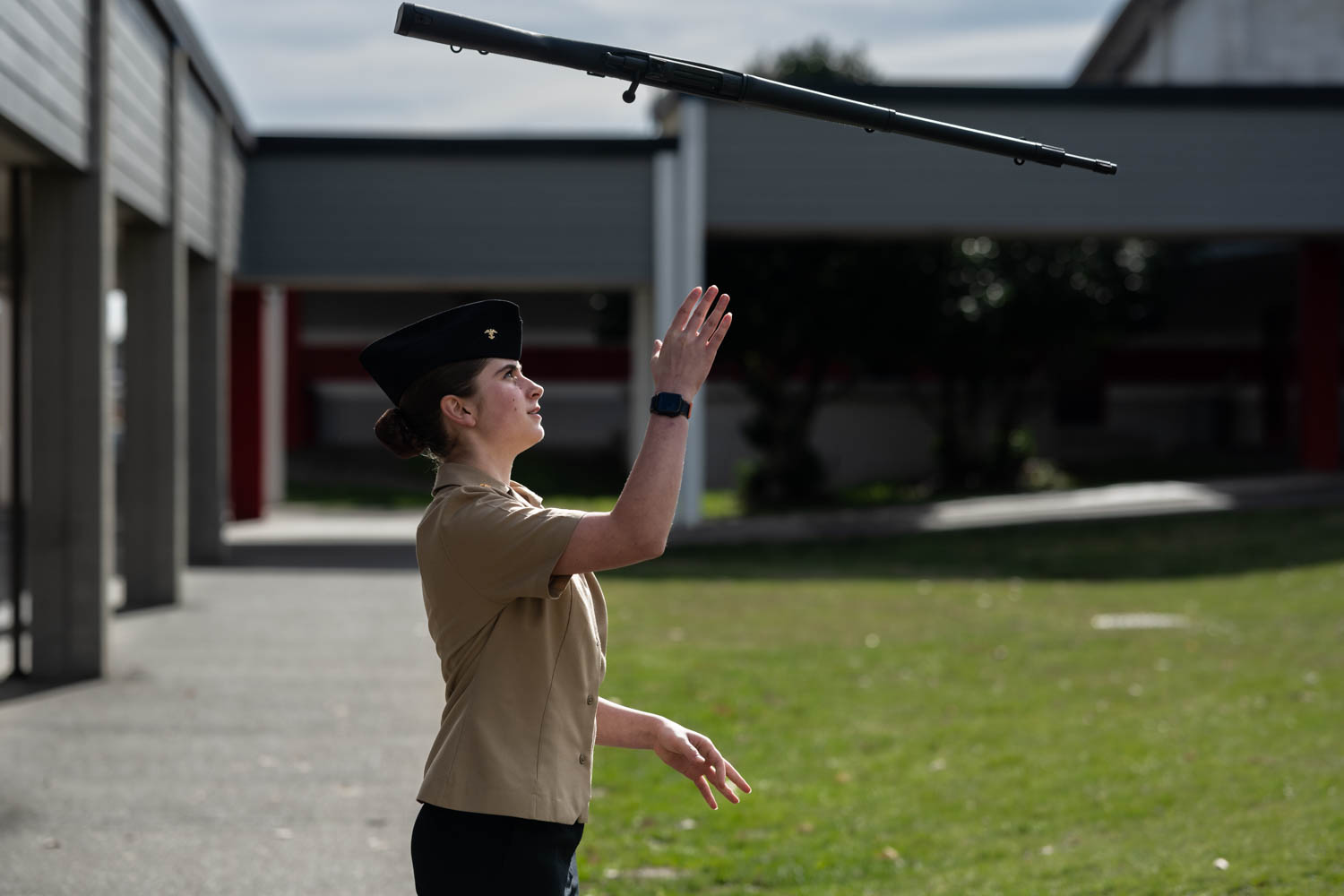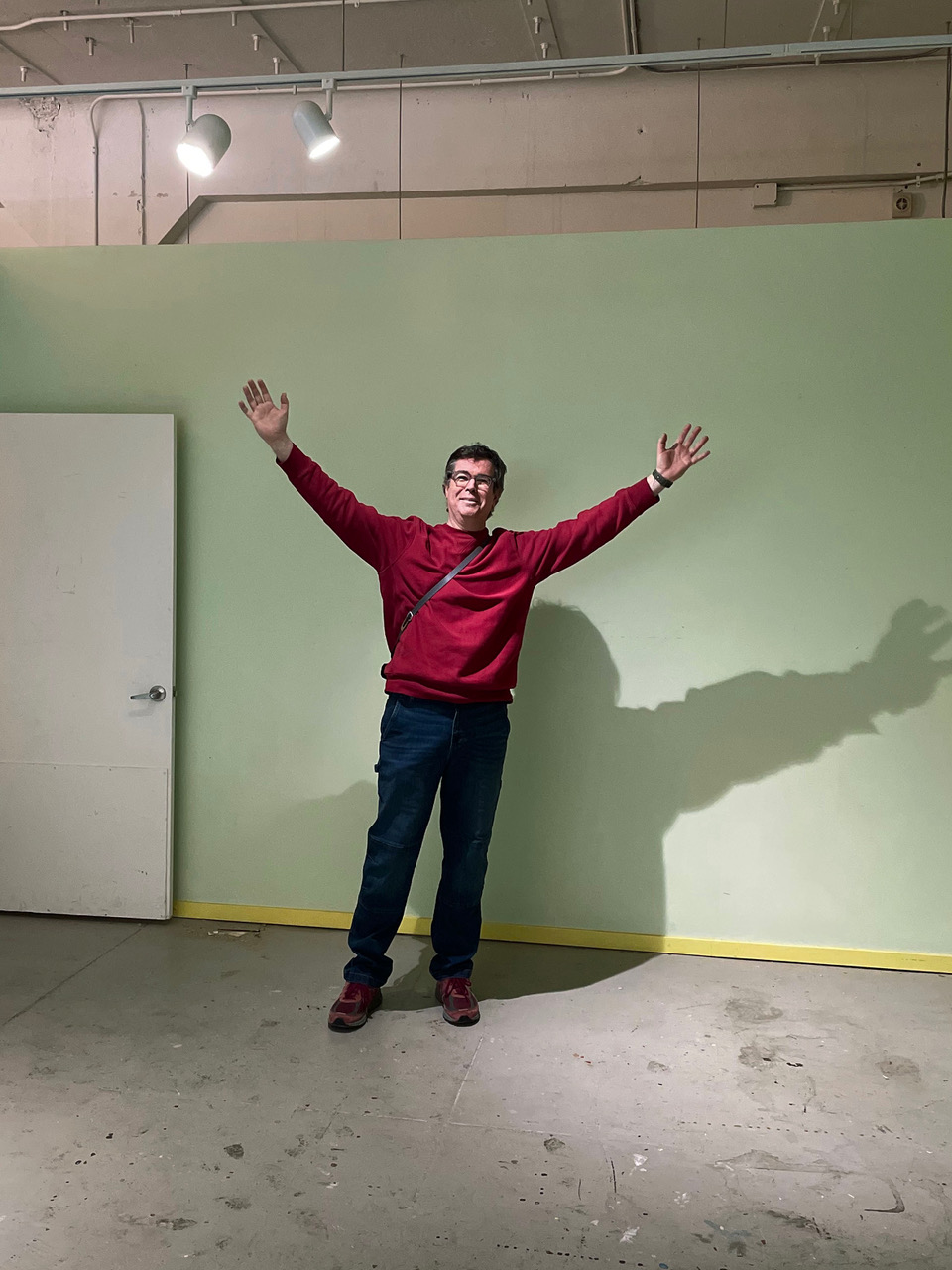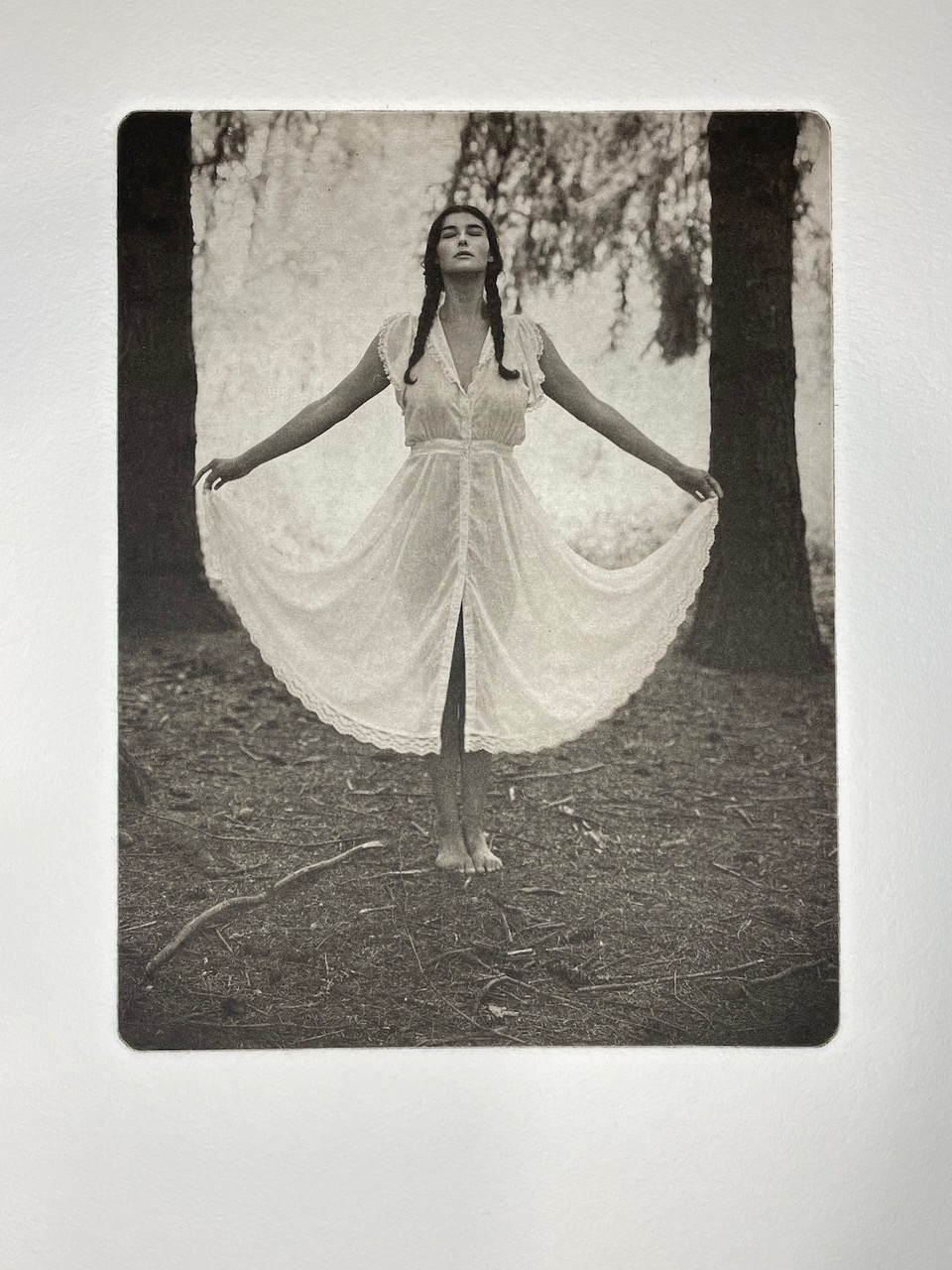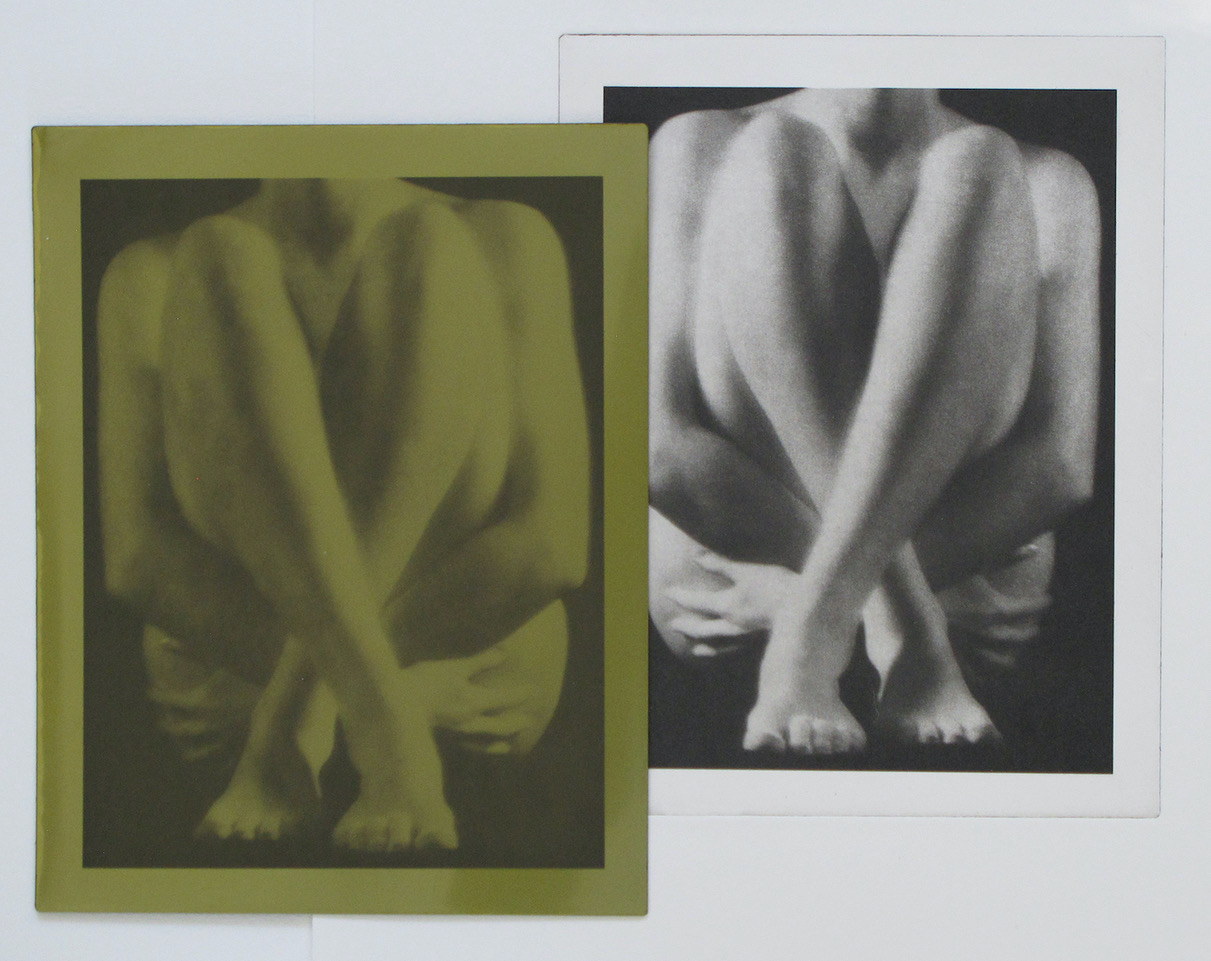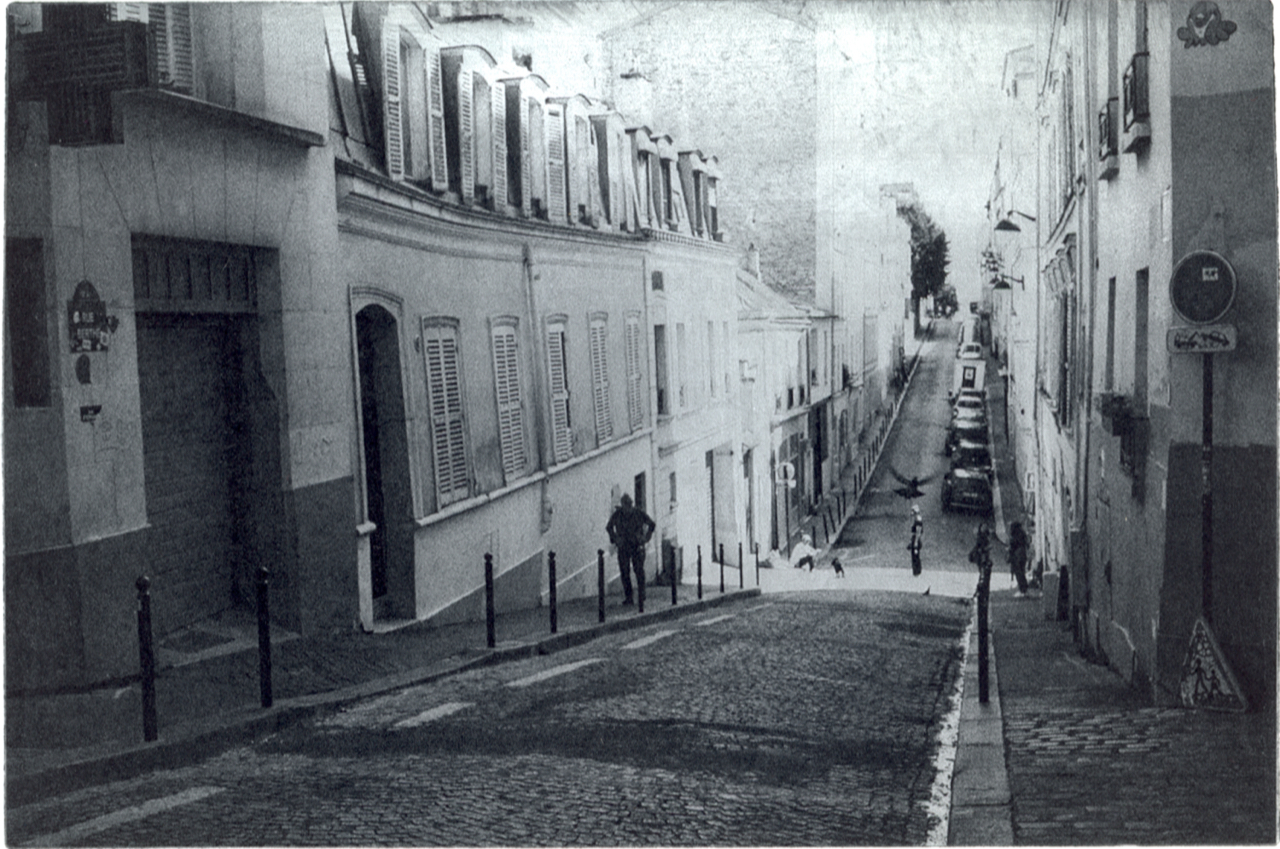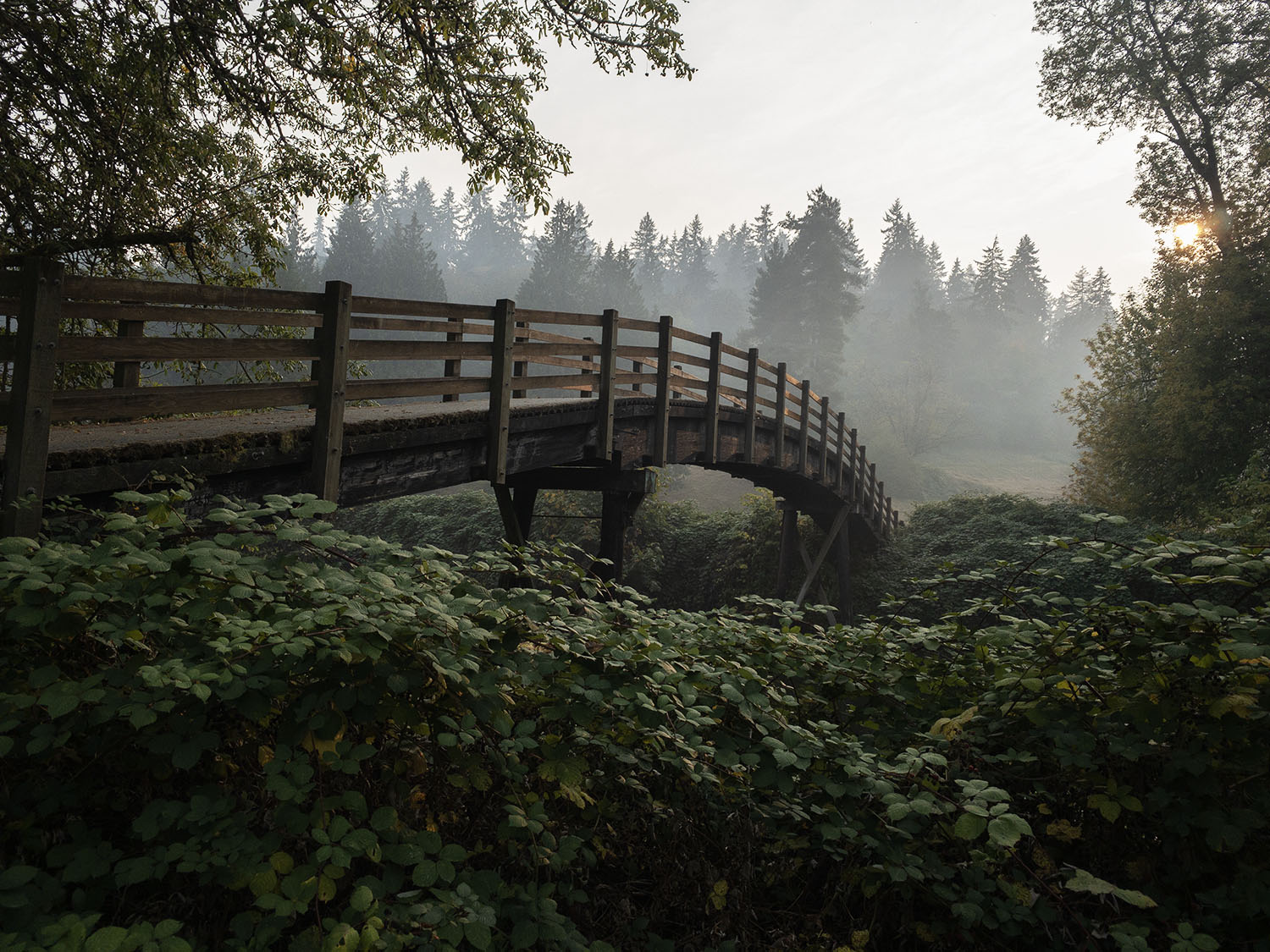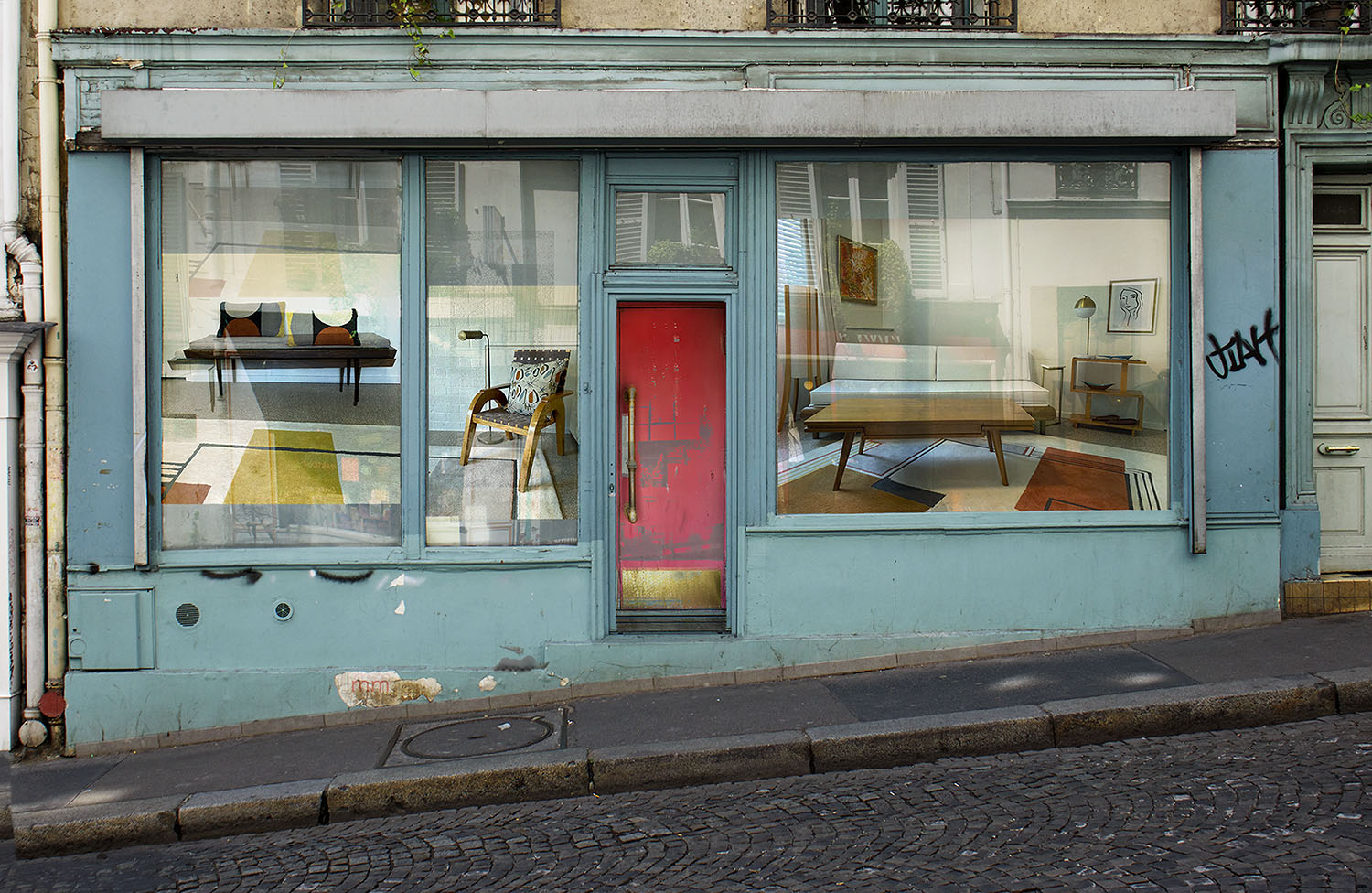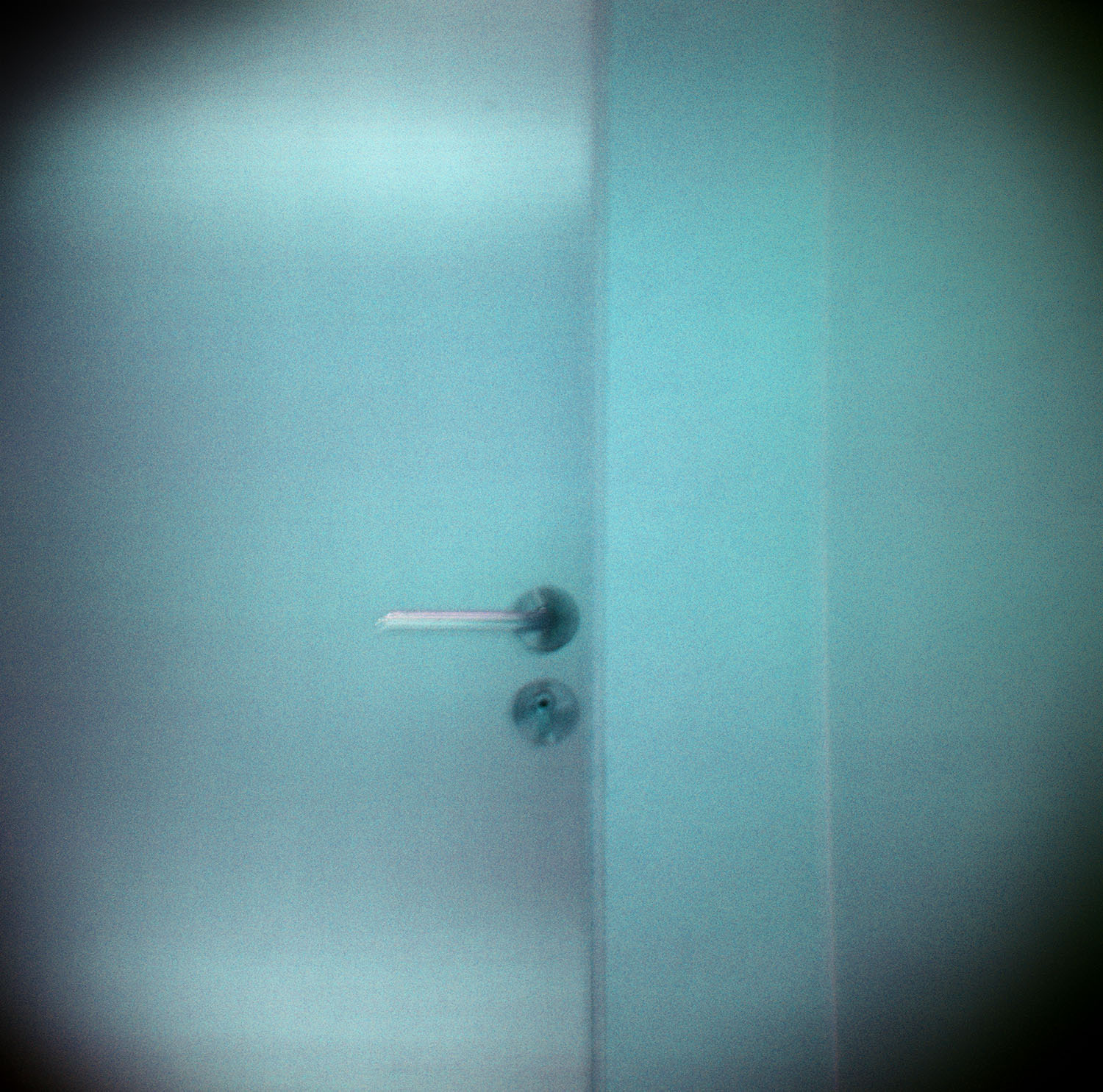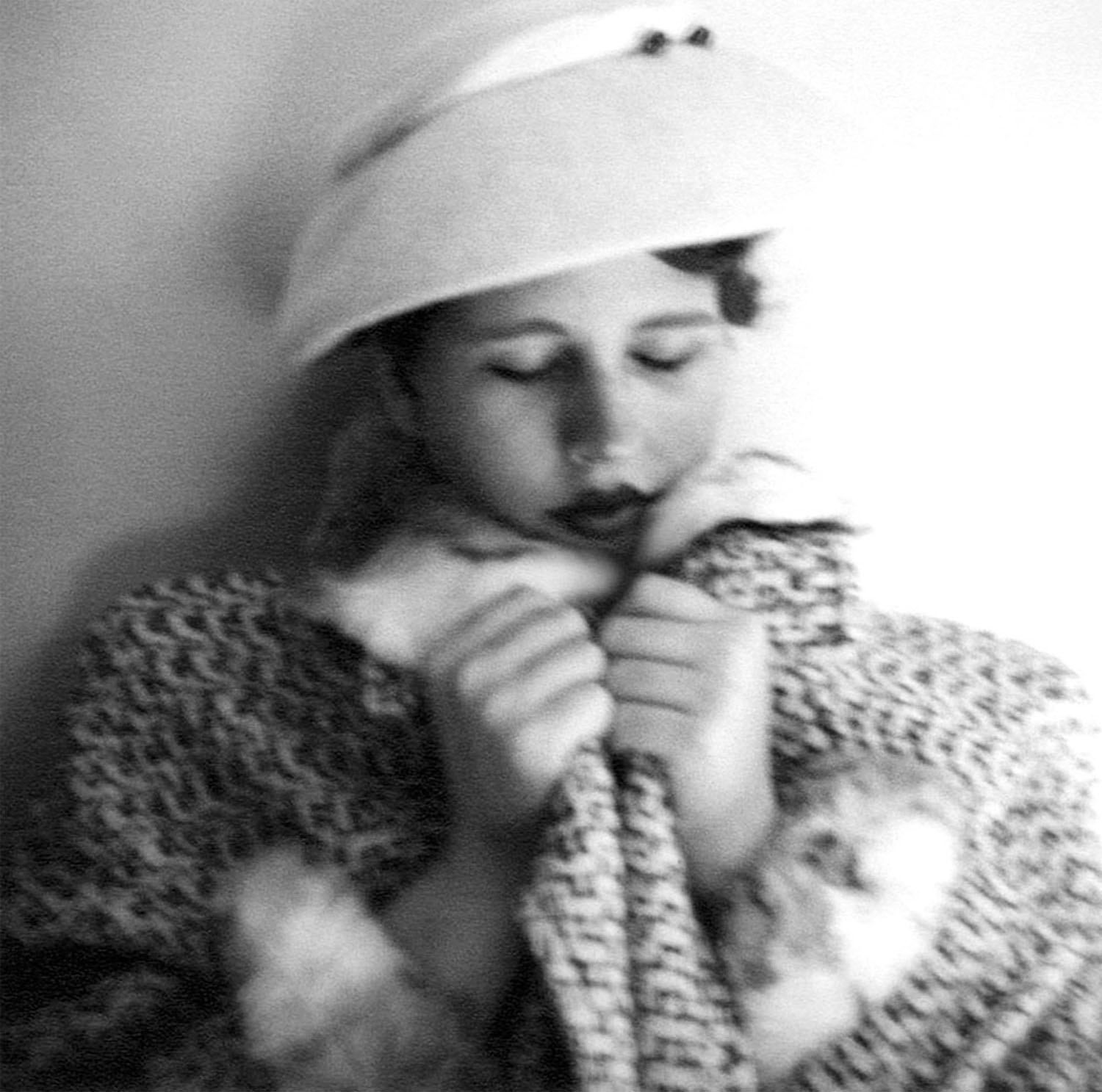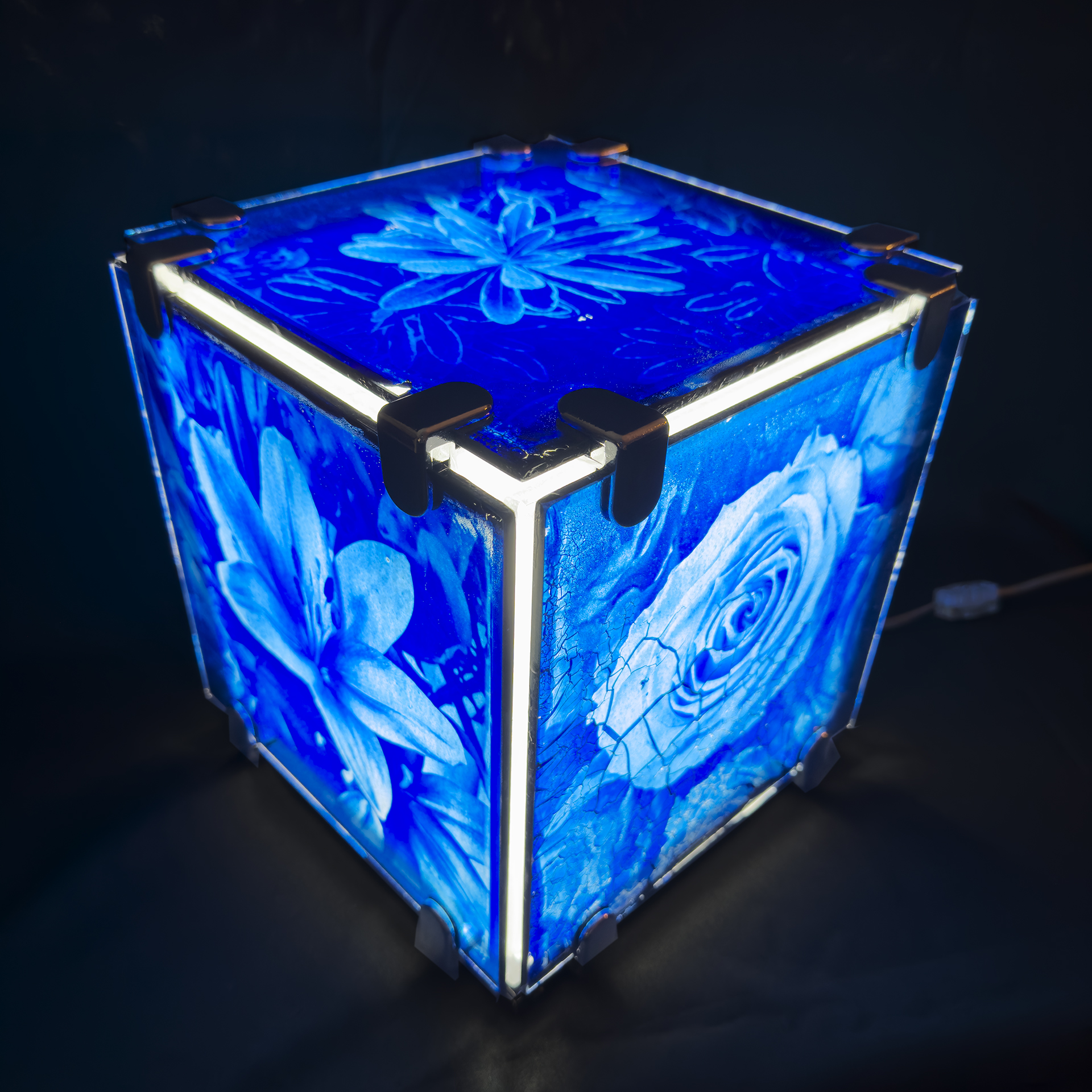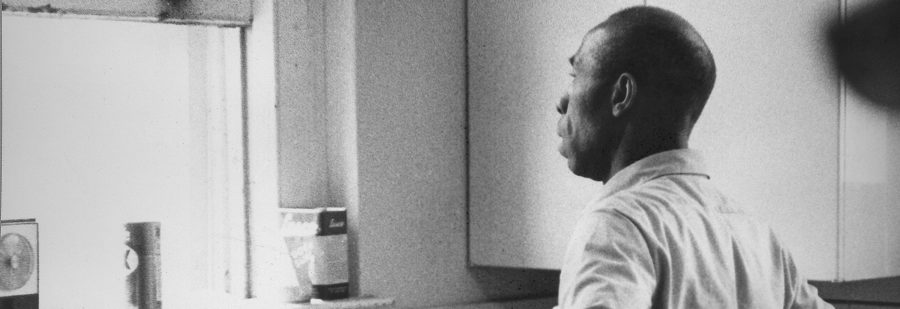Image Credit: Lilly Everett, 2023 Thesis Graduates
Welcome PCNW 2023 Graduates!
We are pleased to celebrate the 2023 Thesis Graduates: Chad Lund, Jenny Hansen Das, and Leila Kirske
Congratulations and welcome to your next phase as Alumni! View a selection of their work from the 2023 Thesis Exhibition here.
Image Credits (L to R): Leila Kirske, Jenny Hansen Das, and Chad Lund
PCNW Alumni Association Updates
Alumni Critique Groups
We are looking to improve the alumni critiques to make them more engaging and valuable for our members. Alumni Jenny Hansen Das and Janet Politte have agreed to initiate some reorganization of the format of the groups. We are considering including students currently in the thesis pipeline and inviting guests from both inside PCNW and the outside art community for feedback on our work. We plan on sponsoring a panel event this winter that discusses how to get our work out in front of the right people in order to expand our careers. One goal is to get our work in front of gallerists and curators for exposure and valuable feedback.
Want to join a group? What would be most useful to you? What kind of conversations do you need? Contact us at alumni@pcnw.org!
Fall Salon Event
We are planning to host another Salon Event in early December 2023. Last year we hosted an event for students, alumni, faculty, staff and other photographers to bring a print, zine, or book to share with everyone. It’s a short pop-up exhibit where you bring your print in and pin it on a wire for all to see. We want to encourage everyone to show what they are making in the classes and elsewhere. It’s a celebration and an exhibit for everyone.
Want to join us? Join our leadership committee? Help with the newsletter? Have another idea you want to pursue? Contact us at alumni@pcnw.org!
Our current volunteer steering committee is: Lisa Ahlberg, Gwen Emminger, Jenny Hansen Das, Andy Holton, Janet Politte, Matt Ragen, Anna Ream and Al Varady.
Please send us a note and let us know what you are doing! With PCNW’s recent website refresh – which includes a revamped Alumni page – we have an even greater opportunity to share the wonderful achievements and news from alumni, so keep us in the loop about exhibitions, events, books/zines, collectives, initiatives, etc., that you’re a part of!
Thanks to all the alumni who contributed to making this issue of the newsletter happen — especially Lisa Ahlberg, Jennifer Brendicke, Joan Dinkelspiel, and Cheryl Hanna-Truscott.
Sincerely,
PCNW Alumni Association
Alumni Highlights
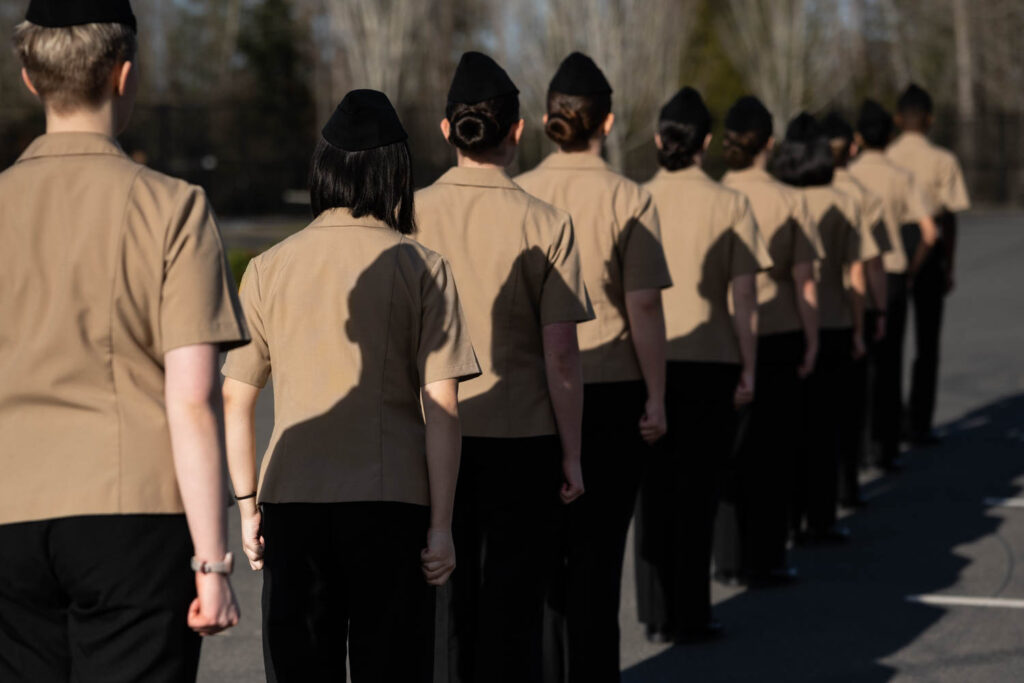
Image Credit: Anna Ream, “Unarmed Drill Team”, 2023
Anna Ream
graduated 2014
interview by Lisa Ahlberg, grad. 2005
Anna, you’ve just been selected as a finalist for Critical Mass! Congratulations!
Thank you Lisa! I appreciate the opportunity to share my work. My project, a series titled Breaking Bearing, reflects on adolescent identity and being seen in community through images of the Navy Junior Reserve Officers Training Corps (NJROTC) program at Liberty High School in Renton, WA. I am curious about the human drive to be seen by others, where that happens and how it influences adolescent identity development. High school is a time to discover and test abilities and interests and finding a place in a community where one’s contributions are appreciated can be pivotal.
Bearing refers to the ability to project a commanding, confident presence and learning to maintain bearing is woven throughout NJROTC classroom and extra-curricular activities. I see it as the embodiment of the stoic, formal military persona. “Breaking bearing” is to fall short of the goal. However, it is in those moments that the tough outer shell falls away and the intimacy and connection within the community is revealed.
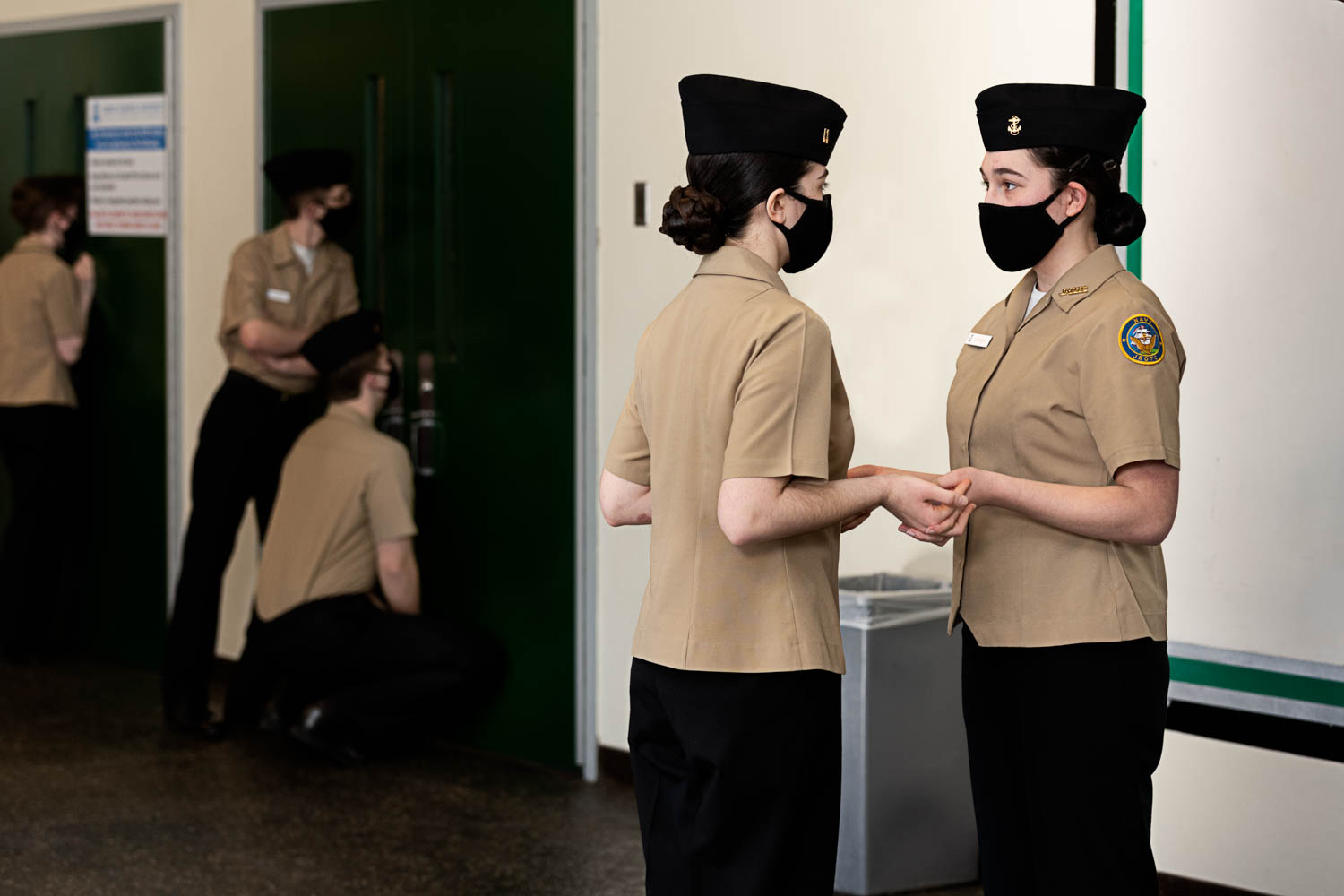
Image Credit: Anna Ream, “Between Drill Meet Performances”, 2022
JROTC programs focus on citizenship and leadership development. They occupy a space between military and civilian life by employing a framework that fosters discipline, responsibility, and attention to detail intended for the armed forces to the high school experience. Uniform inspections and marching in unison with inoperable rifles seem out of place in high school, but effective leadership, accountability for others and acting with integrity is hard to teach in math or English. It’s an interesting and complex dynamic.
Image Credit: Anna Ream, “Area Manager’s Inspection”, 2022
In 2022, NY Times investigations exposed serious problems in some JRTOC programs nationwide which launched Congressional hearings. I understand there are challenges in the framework and protecting students is critically important. I am also the parent of a daughter who has thrived in the program I am documenting. I am one witness to the nurturing community that JROTC programs can cultivate where many students find a place to be seen.
Image Credit: Anna Ream, “Commanding Officer, Armed Drill Team (My Daughter)”, 2022
What is Critical Mass? How do you decide when to submit to competitions or juried shows?
PCNW was fortunate to host the 2022 Critical Mass Top 50 exhibition this past spring, so many may be familiar with it. Sponsored by Portland-based Photolucida, the annual online program makes connections within the photography community. Photographers at any level, from anywhere in the world, submit a portfolio of 10 images. Through a pre-screening process, the field is narrowed to a group of 200 finalists who go on to have their work viewed and voted on by over 150 esteemed international photography professionals. From the finalist group, the Top 50 are named and a series of awards are given.
Competitions and juried shows get expensive quickly and, in my experience, lead to more rejection than opportunity. I still find it to be a valuable process. Refining my statement for a submission, or selecting an edit of images, clarifies concepts I am wrestling with in my work. It is also the only thing over which I have control, so I try to celebrate completing a submission and not get too attached to the outcome. For me, that softens the sting of rejection. I also prioritize opportunities that do not charge or have low submission fees, and only submit to those that charge fees when there are real benefits which can advance my practice, or it is an organization I want to support.
I have long admired the work I see in the Critical Mass Top 50. It is consistently visually inspiring and carefully articulated. Instructors, including me, recommend the website for good examples of artist statements. The Top 50 is an honor I feel is worth striving for, so I submit every year I have a body of work to put forward. While I would be thrilled to advance this year, being among the 200 finalists is already a long-term goal accomplished and I am grateful.
Image Credit: Anna Ream, “Armed Drill Warm-up”, 2023
I know you as a serious, hard-working, creative photographer. Can you tell us about some of your other series and how you came to this project?
Employing a variety of approaches and themes, photography has been a tool for connecting with myself, my children, and my community. The thread that runs through it all is my experience as an artist mother.
Breaking Bearing grew out of my children’s experiences. My oldest daughter found her tribe in high school theater. Parent volunteering led to artistic curiosity, which grew into a personal project documenting the theater community. I am still working on that body of work, even though my theater child graduated in 2019.
My younger daughter, a senior in high school this year, has vocal talent and an interest in theater. However, she felt invisible in that community. In ninth grade, she also signed up for NJROTC to avoid P.E., but it was there she found her tribe. As I watched her progression, I became interested in the unique opportunities the NJROTC offered for a series of its own and began the work in January 2022. In both groups, the instructors and parents are supportive, and the students are fun. It is a rich and rewarding experience with my children and the community.
You have been part of several critique groups over the years. What have you found to be the most useful when meeting with other photographers to help advance your work? How have you found other creative people to help you move forward with your work?
I have been involved with some wonderful groups. Two grew out of the PCNW community, the Fotofemmes and Push.Pull collectives. Currently, my most active group evolved out of an online class I took in 2021 through another organization. These groups have offered friendship, structure, accountability, inspiration, group challenges, and opportunities to connect with people who share an obsession with creating photographic work.
Individual needs and social groups change and evolve. It’s hard to tell at the beginning what a group will become. They can also bring up all the social awkwardness we wish we graduated from. It’s worth reaching out to find others though. Try different opportunities, and use each to reflect on your personal goals, what you hope to find in a group, what works and what doesn’t, and be honest and sincere as you communicate with others.
What works well for me now is a group committed to developing personal projects. A small group with only 3-4 artists allows each of us to share monthly. I need honest feedback and questions that push me to articulate my ideas more effectively visually and verbally. I also find it is helpful to be with people who share similar professional goals so we can support each other in those areas as well.
For more about Anna Ream:
www.annaream.com
Instagram @anna_ream
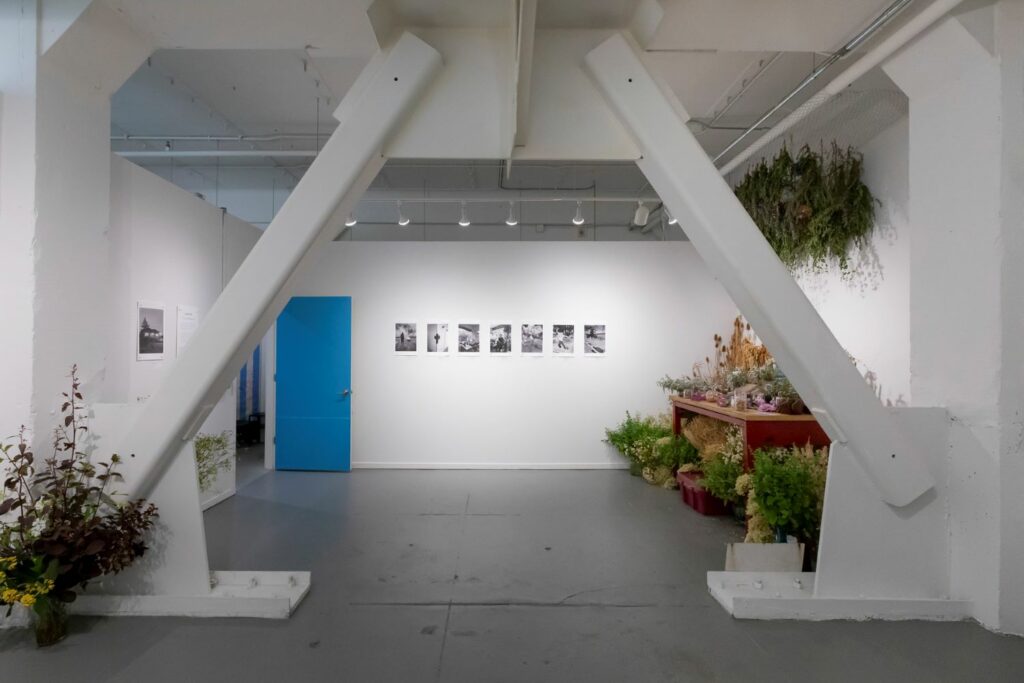
Image Credit: Cian Hayes, Craig Mammano Exhibition at Solas Gallery
Albert Varady & Cian Hayes Open Solas Gallery
Interview with Albert Varady, graduated 2017
interview by Joan Dinkelspiel, grad. 2017
When did you first chat together about collaborating on a gallery?
I think it was after a PCNW Alumni West Seattle Crit Group meeting in February this year. We were down on Alki.
What inspired you to open a “brick and mortar” photographic gallery?
I’d have to defer to Cian. He said, “Hey, so I have an idea….” I basically said, sure, if we can find a space, sounds good.
What are your goals for Solas? How would you like to see the gallery develop?
Sustainability. Rent is not crazy, but they ask for it each month. If we are to achieve the goal of survival, we need to sell enough to keep us afloat. By this I mean, if we can get close to breaking even, then the hours and efforts we put in will allow us to expand our vision and build it.
Are you showing and representing primarily local community photographers?
It works out that way so far, mostly because most of the photographers we know are local and mostly who we knew through PCNW. The current show is a friend of mine from college back in the 80’s.
How did you come to the gallery name — Solas Gallery?
Solas is the Irish word for light. Light itself, a light source, inner light, or enlightenment. We chose our name for all of these reasons, and we like that it rhymes with solace. We aim to make Solas a source of light and lightness. It was the only name we liked and were looking at using initials, which isn’t very interesting.
Seems to me that opening a fine art photographic gallery would be a daunting task. How was the process of opening Solas Gallery?
Easy in some ways, and very difficult in others. Easy in finding a good space and getting it ready. Having six artists get work to us in a couple of weeks was challenging. I had really no idea what I was getting into, but the paperwork wasn’t that bad.
I am intrigued by your trajectory from our time as a PCNW thesis cohort to the early summer 2023 opening of your gallery, Solas. What did you do during and following your PCNW thesis program that led you to open a gallery? Any classes in particular? Or in looking for venues to display your work?
I’d just been shooting, though my practice changed dramatically through a fluke and COVID. I wish I’d taken a course called “Al and Cian, here’s all you need to know to open that Gallery.” I think we knew enough about hanging a show and selecting images etc. from going through the thesis show. That was really easy, though making final decisions wasn’t, but that’s fun. I have new appreciation for Erin Spencer.
As accomplished photographic artists in your own right, does opening and running Solas Gallery fulfill your artistic interests or do you hope to continue to create your own work?
It’s fun to meet and talk with other artists and very insightful to see how they handle different issues about putting on a show. That is really instructive to me about how they feel about work being in a gallery space. It also informs me about what to ask for and what to let go of. It does help me think about how I would show my work and also how it would be shown in supporting materials.
Are you finding that your creative impulses are used well and fully in creating and running Solas, in selecting artists and in curating exhibitions?
Curiously, I am shooting way more. Like every other day. Seeing people like Craig Mammano at work. He’s always doing something for his practice. I think that I’m not seeing it as a hobby anymore, but as a practice that requires effort, discipline, and time.
Is there a kind of photography you are most interested in showing? Now? In the future? Is there a common thread in the artists you select?
Like PCNW, we’re insistent that the printed work be solid and more. Mostly, we are a contemporary photo gallery. Work that is leaning into new areas captures my attention most. Work that surprises or puzzles me is really interesting to me and makes me want to show it.
Image: Albert Varady in new space for Solas Gallery
How best do photographers submit work to show at Solas Gallery for your review?
We are currently accepting submissions of photographic work from artists interested in showing at Solas. We’ll look at pretty much anything, but here are a couple of guidelines:
- We are exclusively interested in photography, but we have a pretty open mind about what constitutes a photograph.
- Please focus your submission on one or two well developed projects.
Really, the best way is to submit a portfolio online that is at a point of readiness. That allows us to mull over it together and separately. When people show us work on their phones, which happens and I understand the impulse, I can’t really respond or think about it much that way.
- We aren’t strict about format, so express yourself however you choose, but please do include some form of bio, CV, and a statement relevant to the work you’re submitting.
- We want to be able to imagine your work in our space, please include details on size and materials where possible.
We are only accepting submissions through this Google Form, unsolicited email submissions will not be reviewed. We’ll be reviewing submissions periodically and, depending on the volume of portfolios received, we may only respond to submissions we are particularly interested in.
I’ve read several articles in the Seattle Times about Solas and postings by other gallerists about visiting your gallery. To what do you attribute your success in getting word out about your gallery?
Cian sends out press releases, and we’ve been extremely surprised at the response. I was invited by Michelle Dunn Marsh to be on a panel at the recent Seattle Art Book Fair, and that was very encouraging to see the response when she said to the crowd that Cian and I had opened the gallery.
Here is an article that appeared in the Stranger that gives a great review.
It seems that you chose a very good time to open Solas. Did you plan this? Or do you attribute the opening timing to good fortune?
What’s the secret to comedy? Timing. Luck and location are also big.
Solas has a great website that includes an easy-to-navigate online order system for purchasing photographs and catalogues. Do you contract out the design of these systems? Who takes care of that end of your business?
We do. Cian is a tech person, so he’s been great at getting that part up and looking sharp.
For more about Solas Gallery:
www.solas.gallery
Instagram @solas.gallery

Image Credit: Cheryl Hanna-Truscott, “Chinese Typesetter”, 1986
Alumni Learn Polymer Photogravure Printing
by Cheryl Hanna-Truscott, grad. 2009
Several alumni have joined the workshops recently to learn from Ray Bidegain, a fine art photographer based in Portland, OR. Ray brings his teaching expertise to PCNW doing workshops in polymer photogravure printing.
Ray writes, “I am a photographer who likes making handmade prints. The print is the object and an important part of what it means to me to be an artist. For many years I almost exclusively made hand coated platinum prints, and I loved it. Around 5 years ago I began feeling like I needed a new process, something to learn and master again as I had the process of platinum printing. Printmaking has a long and rich history in art, and photogravure felt like the perfect combination for my photography journey. I enjoy choosing ink colors and paper stocks from an almost unlimited variety, the process steps are very tactile and my hand is represented in each print I make.” About teaching, Ray adds, “As an educator I find great joy watching my students try this process for themselves. The fact that the process is ink on paper, and printed on an etching press is often unlike any other photography process they have learned. It is simple enough to achieve good prints quickly, but deep and complex enough to take years to truly master.”
Image Credit: Ray Bidegain
Tweaks to this historical process combine analogue and digital techniques to produce a negative plate which is developed briefly under UV light and washed with water. The artist blends a variety of archival inks to achieve a desired tonality, then applies the blend to the hardened and dried polymer plate. The plate is subsequently placed on the bed of the press and dampened art paper is carefully centered print side down over the plate. The etching press rolls over the paper-on-plate, embedding ink into the paper with great detail, resulting in stunning and unique printed images.
PCNW alumni Marianne McCoy, Doug King, and I were lucky to claim spots in Ray’s beginning workshops this year. Marianne McCoy (grad 2001) noted that Ray’s workshop was well-organized with precise instructions (including handouts) and lots of hands-on team and individual help, including that from a capable assistant. Prior to the workshop, Ray made plates from images submitted by students to facilitate printing. He brought all supplies, even his own etching press. Marianne continues, “The first image off the press is quite exciting. Beautiful. We refined our print making skills for the rest of the day.” On the second day, students learned to make their own files and etched plates. “We left with a small edition of our unique and beautiful prints.”
Image Credit: Marianne McCoy, “Legs”, Polymer plate (on left) and resulting intaglio print.
Doug King (grad 2020) was “blown away” when viewing Goya’s lithographs which share process and print similarities with polymer photogravure. His explorations in alternative processes include working with platinum, and later taking classes taught by Gina White and Daniel Gregory at PCNW. About Ray, Doug states, “Ray is a good teacher, well-organized. The class was kind of hectic but it flowed. Ray was very attentive about how to make our prints better.” Doug prefers working with medium format film, but used images that he took in Paris with his Rollei S 35mm camera for Ray’s workshop. He was surprised to see the incredible detail in resulting prints. Doug is drawn to the blue-to-black toned inks and wants to further his work in this process, hoping to master tonal consistency with chosen inks and create a compatible series of images.
Doug’s “Bird in Paris” photograph shown printed here. The bird, seen in the distance swooping over a Parisian street, flew by Doug’s shoulder nearly hitting him with its wing.
Image Credit: Doug King, “Bird in Paris”
As for me (grad 2009), I’m a dabbler in alternative processes so exploring a variety of
possibilities are worth my time and effort. The journey has been riveting and I’ve benefitted by both Gina’s and Daniel’s classes. Several years ago, I discovered Ray’s platinum/palladium images, and then during the pandemic, he generously included me in zoom photo group meetings he led with very thoughtful critiques. When I saw that he offered a polymer photogravure workshop, I hastened to enroll. This fall, I look forward to Ray’s intermediate photogravure weekend at PCNW. There is already talk amongst some of us to find an alternate place to continue exploring polymer photogravure.
Comprehensive information about Polymer Photogravure can be found in a recently published book by Clay Harmon (Routledge):
Polymer Photogravure, A Step-by-Step Manual, Highlighting Artists and Their Creative Practice
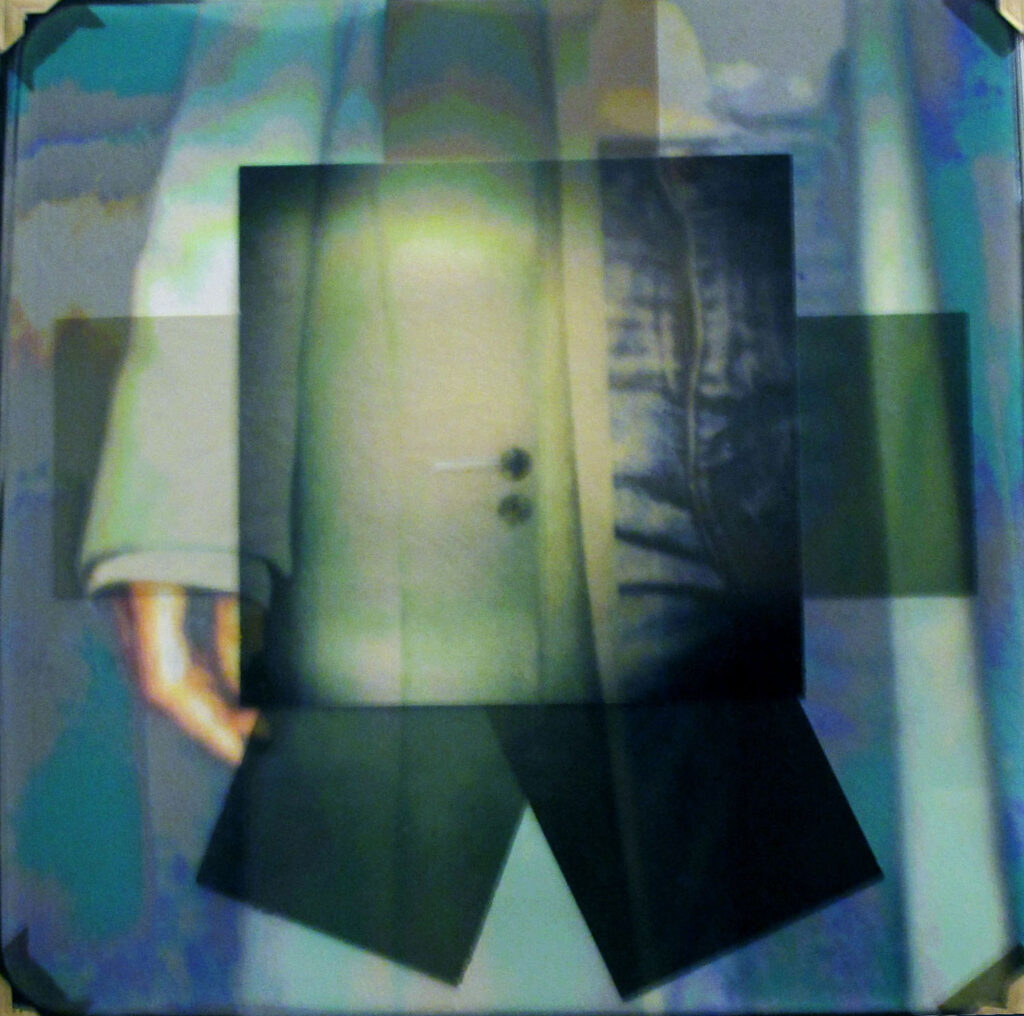
Image Credit: Marianne McCoy, “Pants”
Marianne McCoy
graduated 2001
interview by Lisa Ahlberg, grad. 2005
Can you describe your photography practice? I remember when you first discovered lith printing and you started producing beautiful prints with this process. What alternative techniques most interest you today?
I am a fine art photographer. My career spans from coloring on the walls when I was young to teaching and having my own photography business. My specialties were portraits, commercial, street shooting, fine art, sport and fashion. I have retired from my business and only work on my personal images now.
My fine art photography has been described as ethereal, timeless and beautiful –
utilizing the uniqueness of Lith printing to enhance it. I’m enjoying new classes in digital collage and compositing. Modernism, abstract and bright colors are essential for this work.
We both graduated from the PCNW Certificate program many years ago and yet we continue to take workshops and classes. Can you speak a bit about what you have done recently to keep you inspired and making work?
Yes Lisa, like you, I love taking classes and workshops. They constantly keep me engaged and curious, plus, I get to be with new and continuing students. Using the
facility’s darkroom keeps me bonded with my long-time passion of Lith printing as well. I am very excited to be venturing out on a new path using color and collage embracing the more Modernistic and Abstract expressions.
I’m taking more classes and workshops this fall: Ray Bidegain’s Intermediate Polymer Plate Photogravure workshop. A way of printing with plates, ink and a press. We will expand on Polymer adding Chine Colle, printing diptychs/triptychs and selective color on alternative papers. Also, I’m signed up for “New Approaches To Collage” class and “The Two-Color Risograph” printing workshop.
You recently won some awards. Congratulations! Can you share the photos and exhibitions you are part of this year?
- Three images chosen in Paris Photo/PX3 Paris, France including a bronze award in Architecture/Bridges category – Valhalla Bridge Smoke. I also have two Honorable Mentions in the Fine Art and Special/Other categories. (View the Paris Photo / PX3 Paris 2023 winners here)
Image Credit: Marianne McCoy, “Valhalla Bridge Smoke”, PX3 Paris Exhibition
This image will be printed in their special edition book and shown at the November
exhibition in Paris. The image is from an abandoned golf course in Bothell, WA. The
old bridge joins the club house to the golf course in an area called “Valhalla”. It was blanketed with heavy smoke from the fires in Canada. The filtered sun gives it a
mystical and surreal feeling.
Image Credit: Marianne McCoy, “Mid Century Modern”, Tieton Exhibition
- Three images were chosen for the 10 x 10 x 10 Mighty Tieton Exhibition in Tieton, WA
- Cuddle won third Place award in Krappy Camera Exhibition, Soho Gallery, New York
- Solo Exhibition of my fine art with prints at Betz Family Winery in Woodinville, WA
Image Credit: Marianne McCoy, “Turquoise Entry”, PX3 Paris Exhibition
Image Credit: Marianne McCoy, “Cuddle”, Krappy Kamera Exhibition
Can you share some of your recent influences? Are there any specific photographers, books or other visual artists that are important to you?
My influences have been Paolo Roversi, Sheila Metzner, Sarah Moon, Elliott Erwitt,
Claire Garoutte and Vivian Maier. They take their style and sense of design into a higher emotional response for all. For my abstract work, I thumb through Interior Design and Fashion magazines for ideas. Also, models I have photographed from the past have always inspired me by their understanding of what emotions I needed for that specific image we were creating.
For more about Marianne McCoy:
www.mariannemccoy.com
Instagram @marianne15
Alumni Updates / News / Exhibitions
EXHIBITION HIGHLIGHT – MATT RAGEN
Matt Ragen, 2022 graduate, is part of the juried exhibition Analog Forever at Lightbox Photographic Callery in Astoria, Oregon with this Flower Lantern piece. The exhibit is on view through October 11, 2023.
Image Credit: Matt Ragen, “Flower Lantern”
